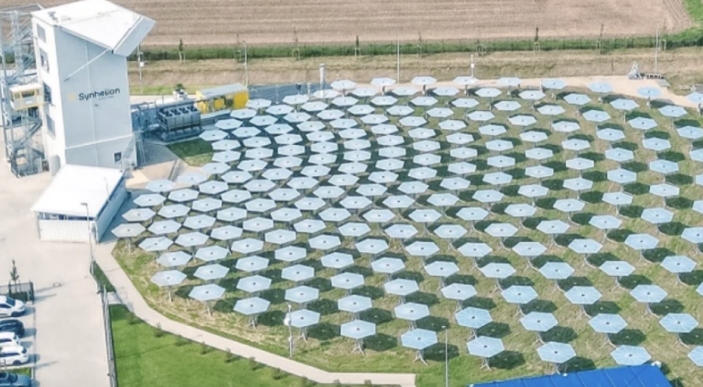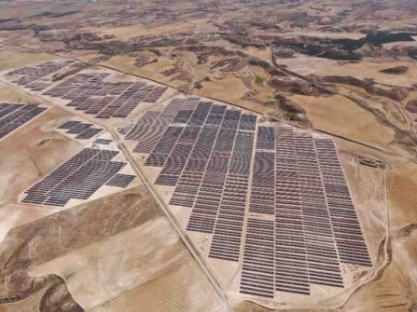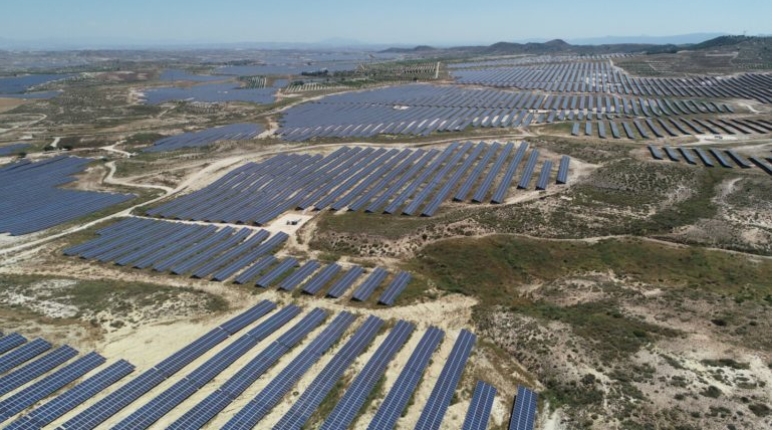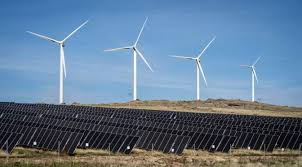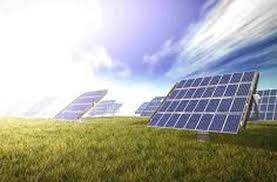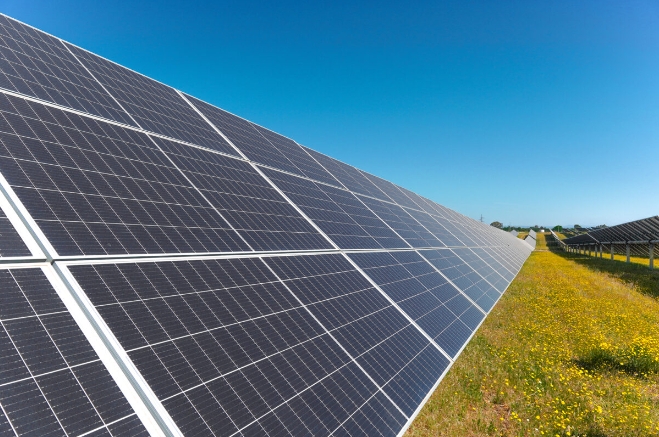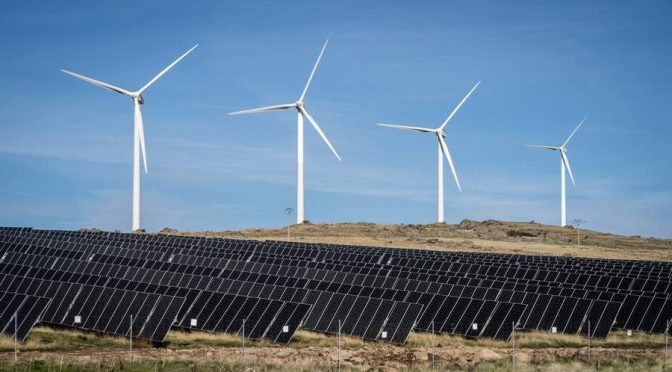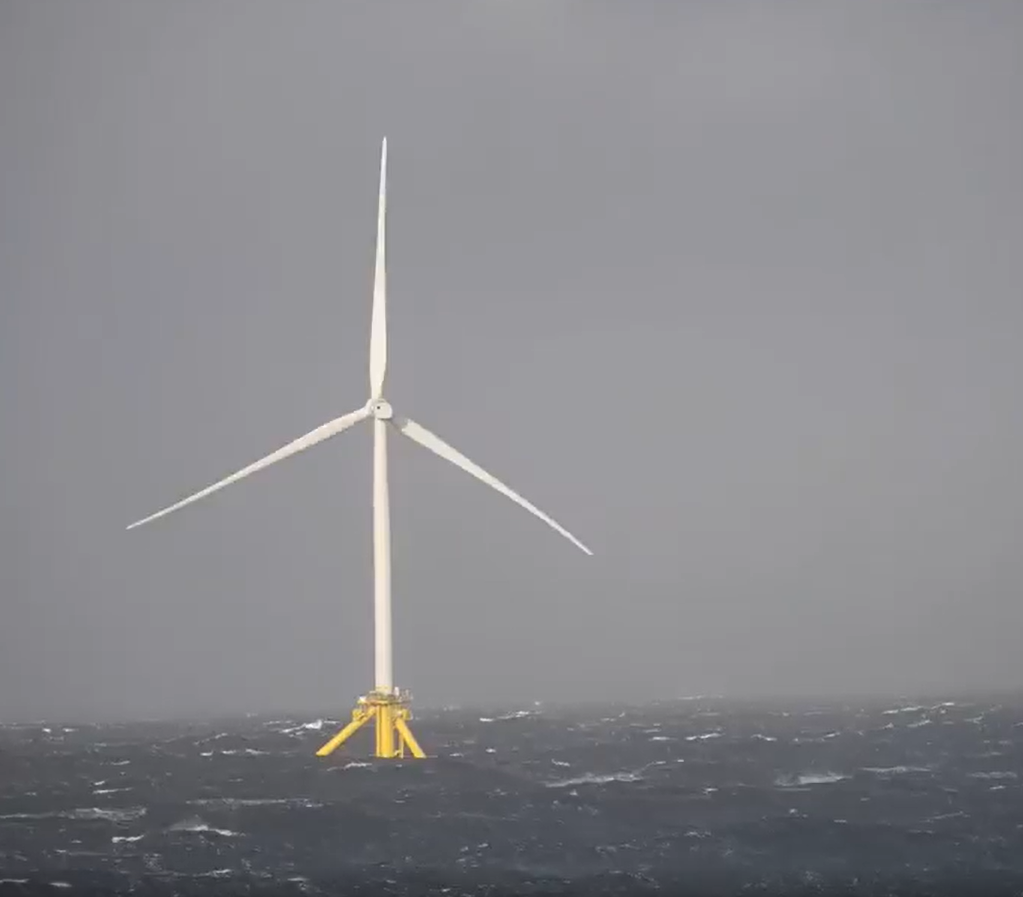
Since its commissioning in late 2021, the TetraSpar Demonstrator has been operational at METCentre in Norway, delivering green energy, gathering data, validating numerical models, supporting research and development projects, and serving as a living laboratory for the development of floating wind technology, said Stiesdal in a recent social media post.
To date, the demonstrator has generated more than 37 GWh of renewable energy, according to the company. The 3.6 MW Siemens Gamesa direct-drive wind turbine and very high wind speeds at the METCentre site combined to yield a capacity factor of 54 per cent, said Stiesdal.
In the first two years of operation, the availability was recorded at 97 per cent and 98.3 per cent, respectively. For 2024, the availability has increased to 99.5 per cent with a capacity factor of almost 63 per cent, according to the company.
During the “Ingumm” storm from 31 January to 2 February, wind speeds reached up to 38 m/s with wave heights exceeding 13 metres, and according to Stiesdal, the average capacity factor for February was over 70 per cent.
The TetraSpar floating foundation is a project owned by Shell, Tepco, RWE, and Stiesdal Offshore. The foundation is based on Stiesdal Offshore’s Tetra technology. According to its developers, the foundation is the world’s first industrially manufactured floating offshore foundation and the world’s first spar foundation capable of deployment from an ordinary, shallow-water port.
